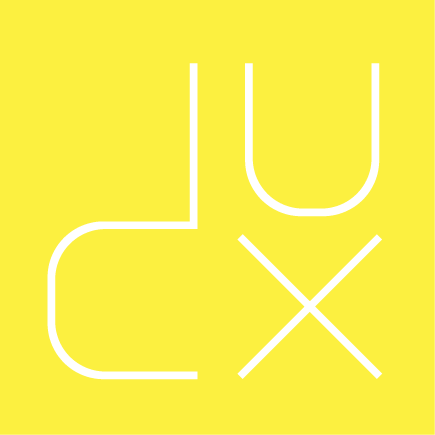While this principle can be applied to any design discipline, today more than ever, is invoked when creating user experiences.
User experience design has become oversaturated with so many platforms, screens, and applications that we seem to have forgotten the original focus on the human aspect. We are facing a time when design, as we used to understand it, should take a step back from the main stage.
It’s not about clicks, drags, scrolls, etc. anymore, but about projecting and designing a whole experience to rediscover the relation between the subject and object.
That is to say, to find the most effective, simple and pleasing way to get the subject to reach the desired objective.
In our short life at Wideo (just 3 years of learning without previous experience) we understood that when the time comes to think about the product, is key to focus on Rams principle. The less design is involved, the more clear the communication between object and viewer. I did not have this super clear when we first started developing our tool, though wish I had (“times of learning do not always come at the same time as teaching”, as my Typography master Enrique Longinotti used to say)
However, today as we are beginning the first steps of thinking about a new product, it is almost obvious to us that this product will need to exist with the little design as possible. And at the same time it will try to take the user to his “desired outcome” as quickly as possible.
We, designers, must be willing to stop thinking about our job effectiveness being proven with visual portfolio, and start thinking about it being proven with user results.
Our success is built from user satisfaction and the user’s ease and speed in finding the solution to their pain. From everything from taking cash from an ATM, attaching a file, copying and pasting a text, opening a door or a tuna can, saving his favourite radio station in his car stereo memory, the experience should be thought about in this way
«Design is as little design as possible», Design must be there, but just enough to conquer the mission, without disrupting.
These are some of the most interesting examples I find when thinking about this topic:
- The MacBook Pro magnetic MagSafe power connector. The very first time I could afford one and needed to plug in that charger, I felt how the magnetic plug was doing the job for me so I didn’t have to get close to it to make it fit. I literally said “thanks”. There were no graphic interface between us.
- The tiny Apple Airport Express that tells us different kind of messages just by changing its color from green to yellow, or blinking at different cycles (“Hey buddy, there is no internet connection; a software update is available, I want it”) Almost no design in this either.
- The particular ring tone on our smartphones that let us know we have a new message. It seems almost natural to us now, but it was meaningfully thought through once, again, with no visual design. (I know, there is a little red circle on screen, but I’m talking about the sound)
Design with no Design, to take us away off the screen or design tools, to get on project thinking again, without disrupting.
To get us thinking about project again.

